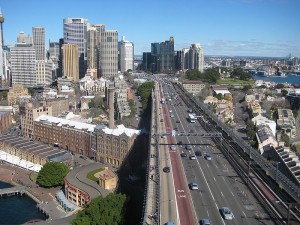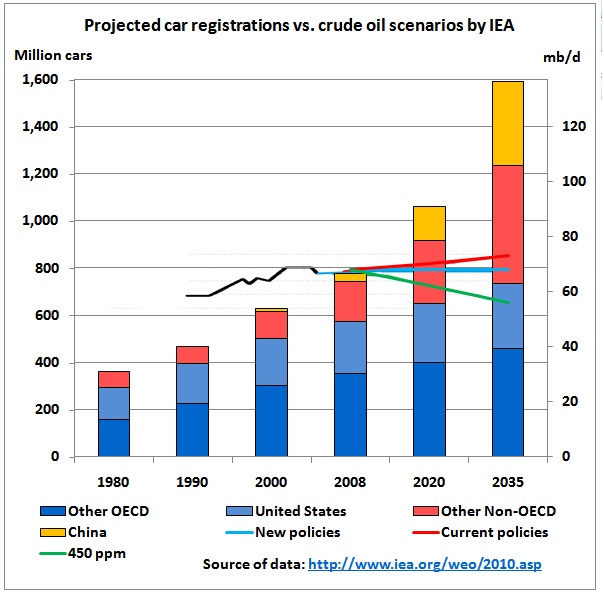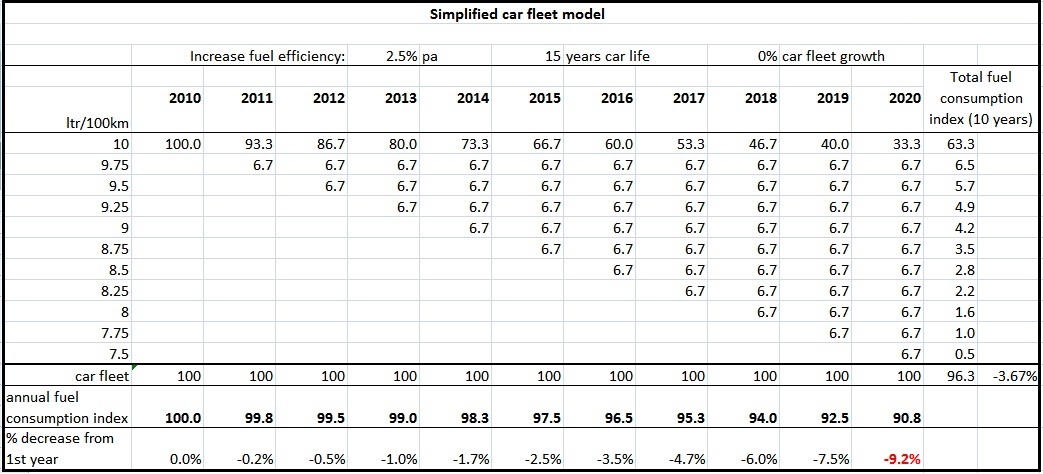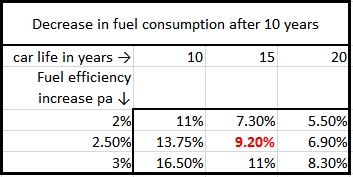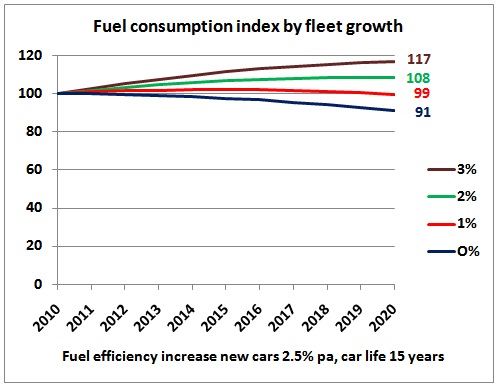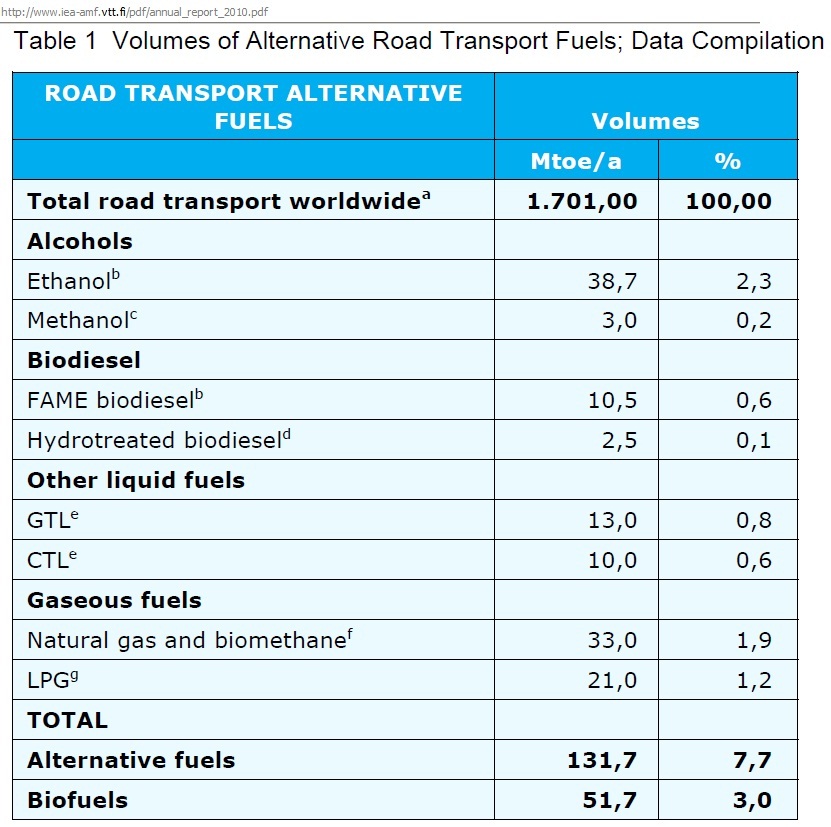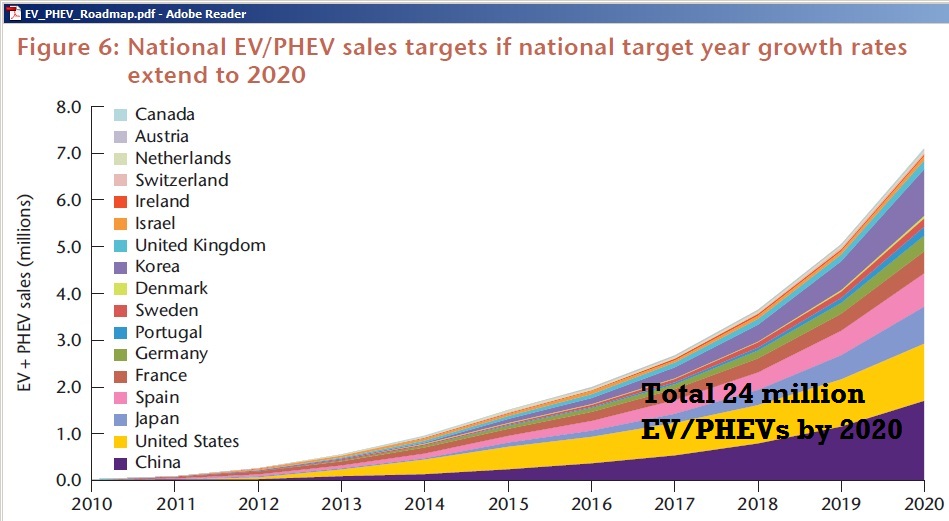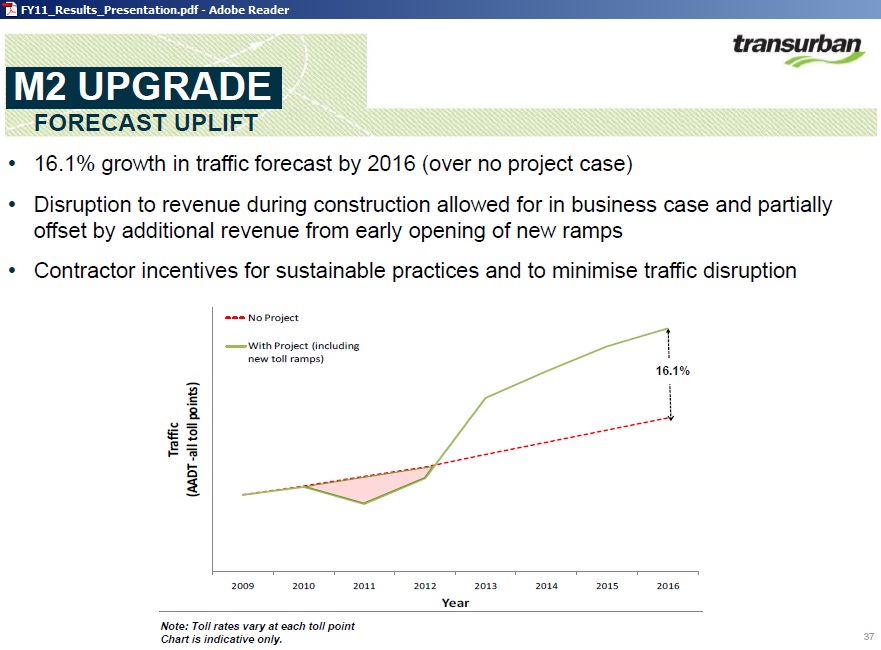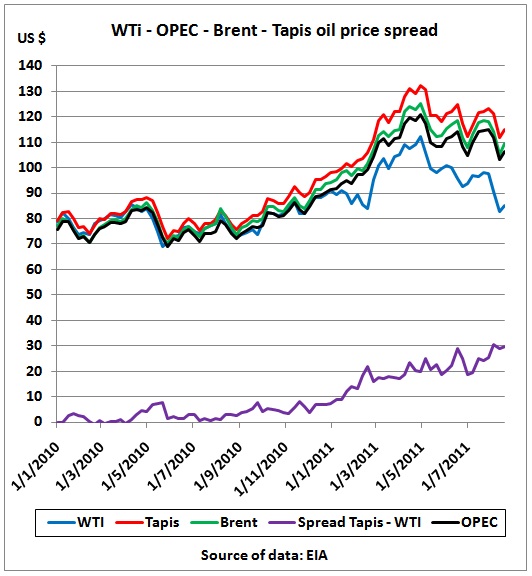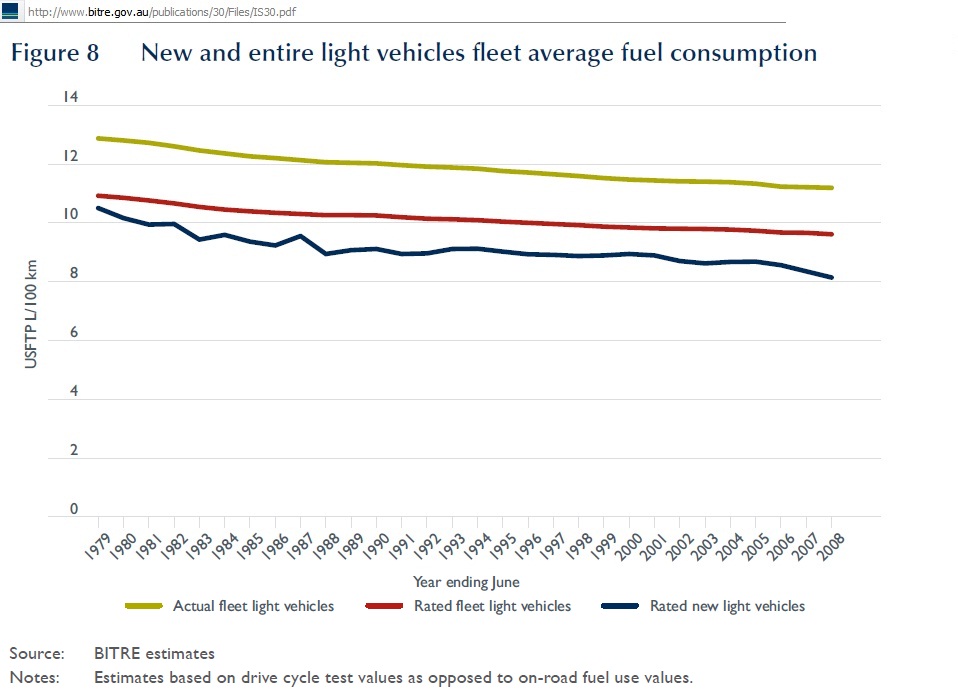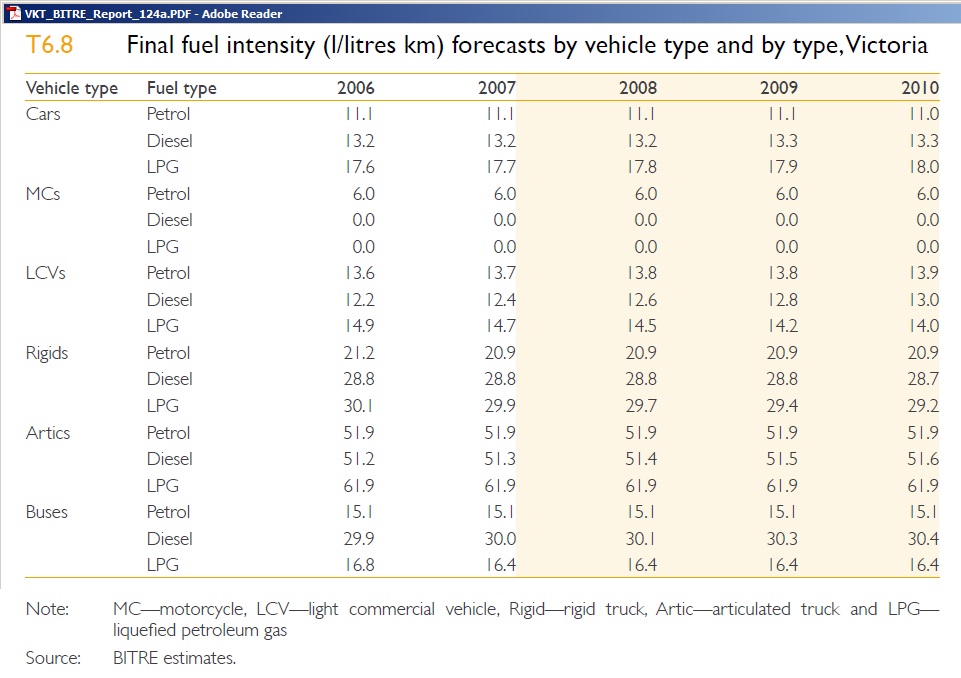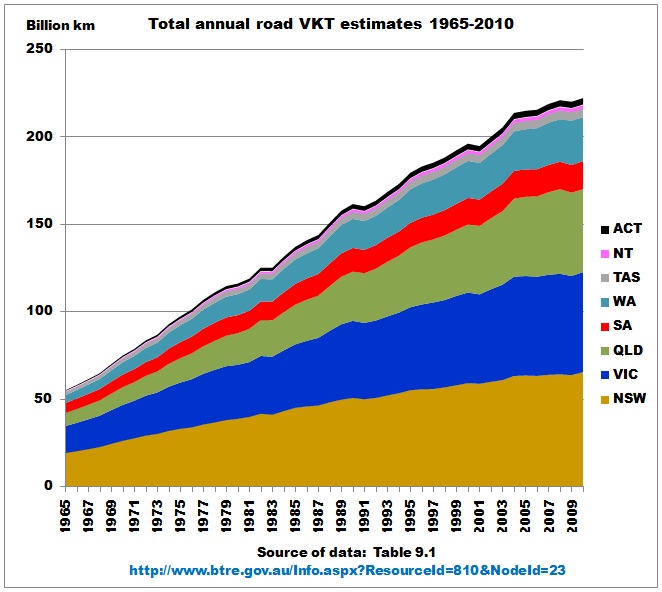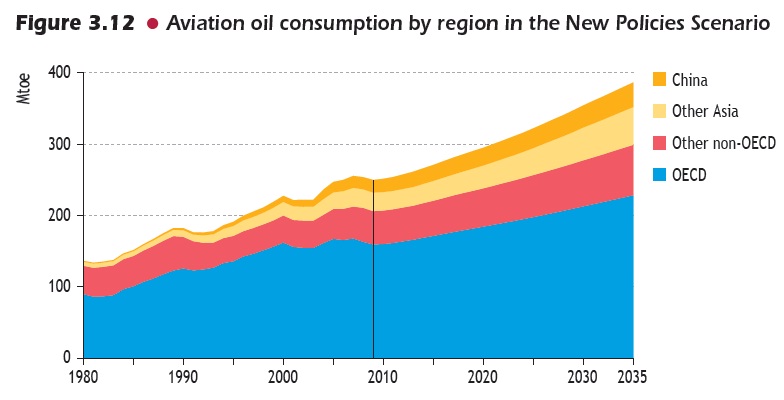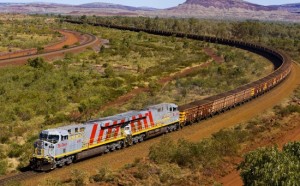In 2010, the number of vehicles on the world’s roads surpassed the symbolic 1 billion mark. The International Energy Agency, which advised earlier in the year that conventional crude oil production has already peaked in 2006, estimates in an inconsistent WEO 2010 that another 285 million cars will be added to the car fleet in the next 10 years. In Australia, where the treasurer thinks we are in the right place at the right time due to the Asian boom, 12.5 million motorists will compete with 70 million new Chinese motorists in the next 5 years alone. Happy motoring.
According to Ward’s research, which looked at government-reported registrations and historical vehicle-population trends, global registrations jumped from 980 million units in 2009 to 1.015 billion in 2010.
The 3.6% rise in vehicle population was the largest percentage increase since 2000, while the 35.6 million year-to-year unit increase was the second-biggest increase in overall volume ever.
The market explosion in China played a major role in overall vehicle population growth in 2010, with registrations jumping 27.5%. Total vehicles in operation in the country climbed by more than 16.8 million units, to slightly more than 78 million, accounting for nearly half the year’s global increase.
The leap in registrations gave China the world’s second-largest vehicle population, pushing it ahead of Japan, with 73.9 million units, for the first time.
India’s vehicle population underwent the second-largest growth rate, up 8.9% to 20.8 million units, compared with 19.1 million in 2009.
Brazil experienced the second largest volume increase after China, with 2.5 million additional vehicle registrations in 2010.
http://wardsauto.com/ar/world_vehicle_population_110815/
Let’s just look at cars, a subset of all vehicles.
Motorists in Shanghai (left) ?
.
or Sydney (right)?
.
.
.
.
http://en.wikipedia.org/wiki/Automotive_industry_in_the_People%27s_Republic_of_China
http://www.sydney-traveltips.com/
In China:
Passenger-car sales grew 33.17% to 13,757,800 units, as demand for SUVs more than doubled. 9,494,300 sedans were sold, 27.05% more than 2009; 2,492,100 crossovers, 27.77%; 1,326,000 SUVs, 101.27%; 445,400 MPVs, 78.92%.
http://chinaautoweb.com/2011/01/chinese-auto-sales-set-new-world-record-of-18-million-units-in-2010/
Let’s do a back of the envelope calculation, assuming 14 million new Chinese cars pa. over the next 5 years, not replacing any old cars and not exporting any of the production:
5 x 14,000,000 cars x 20 litres per week per car x 52 weeks = 72,000 ML = 458 mb petrol pa or 1.25 mb/d.
1 barrel of crude yields around 40% petrol so we need:
458 mb pa / 365 days / 0.4 = 3.1 mb/d of crude by 2016
Chinese refineries have a lower yield of petrol so the required crude oil quantities could even be higher or more petrol has to be imported. http://omrpublic.iea.org/glossary_sec.asp?G_FLOW=Refining
In 2008, China’s gasoline consumption was 1.4 mb/d (18.4% of total petroleum consumption). The above rough estimate means that petrol demand would double in the next 5 years.
After this thrilling introduction let’s have a look at the global situation, using data from the IEA’s WEO 2010.
Comparison between car fleet and crude oil supplies
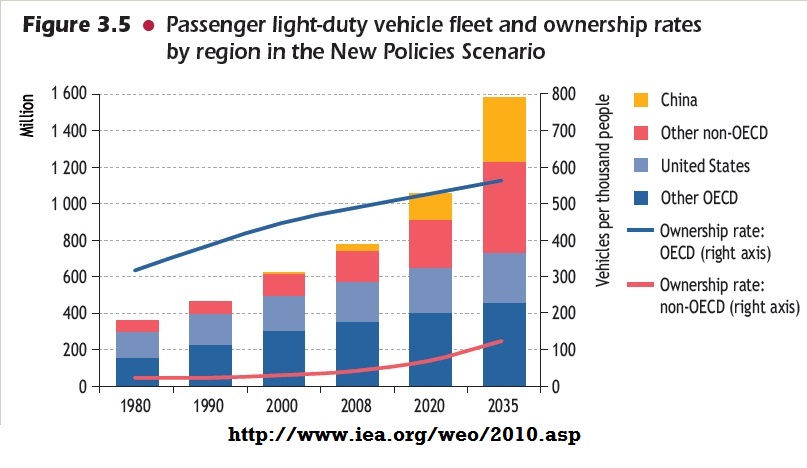 IEA’s projection is that the world’s car fleet increases from 775 million in 2008 by 285 million to 1,060 million in 2020, or 30.6%, mostly in Non-OECD countries.
IEA’s projection is that the world’s car fleet increases from 775 million in 2008 by 285 million to 1,060 million in 2020, or 30.6%, mostly in Non-OECD countries.
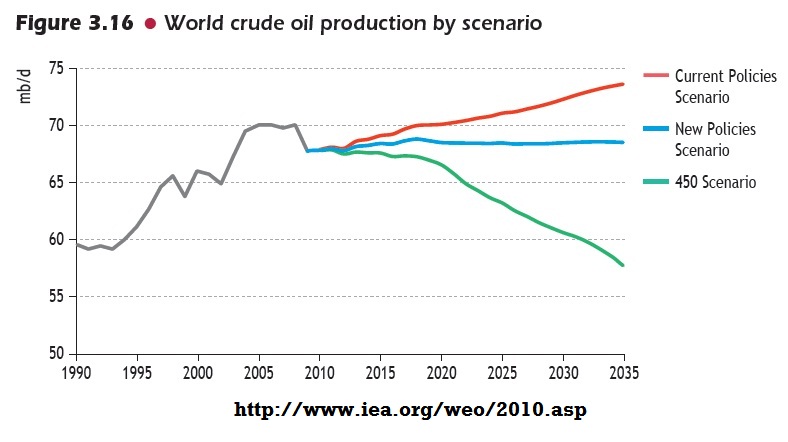 3 scenarios for future crude oil production. Current policies means business as usual, assuming of course that this is actually possible, the New Policies scenario is the flat crude production from the WEO 2008. The 450 scenario is necessary to limit CO2 concentrations to 450 ppm – it is the hidden peak oil scenario.
3 scenarios for future crude oil production. Current policies means business as usual, assuming of course that this is actually possible, the New Policies scenario is the flat crude production from the WEO 2008. The 450 scenario is necessary to limit CO2 concentrations to 450 ppm – it is the hidden peak oil scenario.
Let’s now superimpose these 2 graphs:
The scale for the crude oil production (RHS) has been set in such a way that it matches the number of cars in 2008. We can clearly see that the estimate of growing car registrations far exceeds available crude oil supplies, no matter which of the 3 crude oil scenarios one assumes.
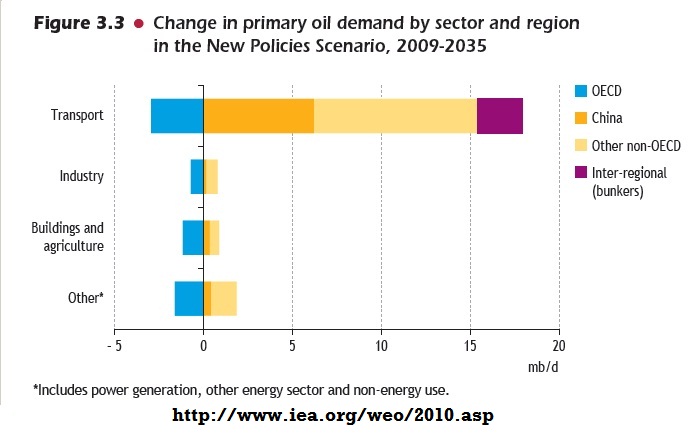 This IEA graph shows that demand for transport fuels in OECD countries is declining (due to high oil prices caused by peak oil) but these savings are not enough – by a factor of 5 – to provide for increasing demand from China and other non-OECD countries. This means there will be serious distribution fights.
This IEA graph shows that demand for transport fuels in OECD countries is declining (due to high oil prices caused by peak oil) but these savings are not enough – by a factor of 5 – to provide for increasing demand from China and other non-OECD countries. This means there will be serious distribution fights.
Fuel efficiency to the rescue
Let’s see whether increasing fuel efficiency of new cars can bring fuel demand down.
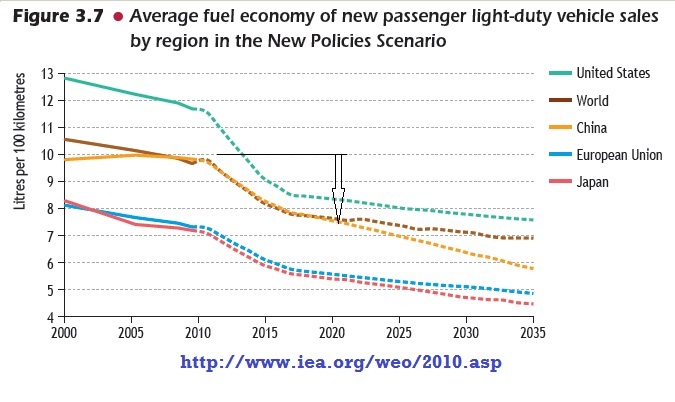 The IEA assumes that fuel efficiency of new cars can be increased, on average, by 25% over 10 years, that is 2.5% pa. Let’s put that into a simplified car fleet model for the next 10 years.
The IEA assumes that fuel efficiency of new cars can be increased, on average, by 25% over 10 years, that is 2.5% pa. Let’s put that into a simplified car fleet model for the next 10 years.
In the 1st column we have an average consumption decreasing from 10 ltrs/100 km to 7.5 ltrs/100 km in 2020. The results will not vary with different fuel consumptions in the start year as only annual changes enter the calculations. A car life of 15 years means that every year 6.66% of cars have to be replaced by new cars (no growth of the car fleet assumed). Each new car generation consumes 2.5% less. The results for 2020 show:
- After 10 years, the annual consumption of the whole car fleet has decreased by just 9.2%
- The total fuel saved over 10 years is only 3.7% because 63.3% of fuel is consumed by older cars
Please note that this simplified table does not consider that car kms travelled decrease with the age of the car as presented here:
http://sydney.edu.au/business/__data/assets/pdf_file/0005/91058/ITLS-WP-11-02.pdf
Such calculations would be country specific and therefore have to be weighted, which goes beyond the scope of this article. The savings of the simplified model could be on the low side.
We can use this Excel table to play around with some parameters:
If we accelerate the uptake of new cars to 10% pa and bring the annual efficiency increase to 3% we can save 16.5% in 2020. On the other hand, if a recession in the US and Europe forces motorists to delay purchasing new cars so that only 5% of old cars are replaced and if fuel efficiency increases by only 2% pa because there will be competition for diesel then savings could shrink to 5.5% in 2020. So this table gives us a range of savings for a car fleet which does not grow. But the IEA assumes a growth of the car fleet by 30.6 %, say 3% pa.
As we can see, fuel consumption in 2020 is up 16.7 % while even in the most optimistic (current policies) scenario crude oil supplies increase by only 2.5%. Let’s see what we get when assuming less ambitious car fleet growth rates:
This shows us we can afford only a growth in the car fleet of around 1% pa. In that case total fuel consumption does not increase and would be in line with the new policies scenario. This of course would mean the car industry will have to reduce their production targets.
Alternative fuels to the rescue
How about alternative fuels? The following graph is again from the IEA, a report entitled “Advanced Motor Fuels – Annual Report 2010”
In 2009, the worldwide demand for transport fuel for road transport was 1,701 Mtoe, representing a share of 42% of the global primary oil consumption. Alternative motor fuels contributed a share of 7.7% to the global demand for road transport fuel; biofuels, as a subset of alternative motor fuels, contributed 3%
http://www.iea-amf.vtt.fi/pdf/annual_report_2010.pdf
So the total we have achieved so far is 7.7%. For argument’s sake, and without going into the problems of biofuels competing with agricultural production and the issue of high CO2 emissions of CTL (coal-to-liquids), let’s assume we can double that effort within the next 10 years to make another 7.7%. That would allow us a growth of the car fleet of 2% pa, not 3% pa.
Electric cars to the rescue
Again we take data from the International Energy Agency, which prepared a report on this topic by putting together national targets from countries with EV plans.
http://www.iea.org/papers/2011/EV_PHEV_Roadmap.pdf
Adding it all up this would come to around 24 million EVs and PHEVs by 2020. Compare that to the 285 million additional cars in the above car fleet growth graph. Just 8.4%. In other words, it would reduce the growth rate of a fuel based car fleet from 3 to 2.8%. But doubling alternative fuel use would only allow a 2% growth, so there is still a gap.
Peak oil worse than IEA’s 450 ppm scenario
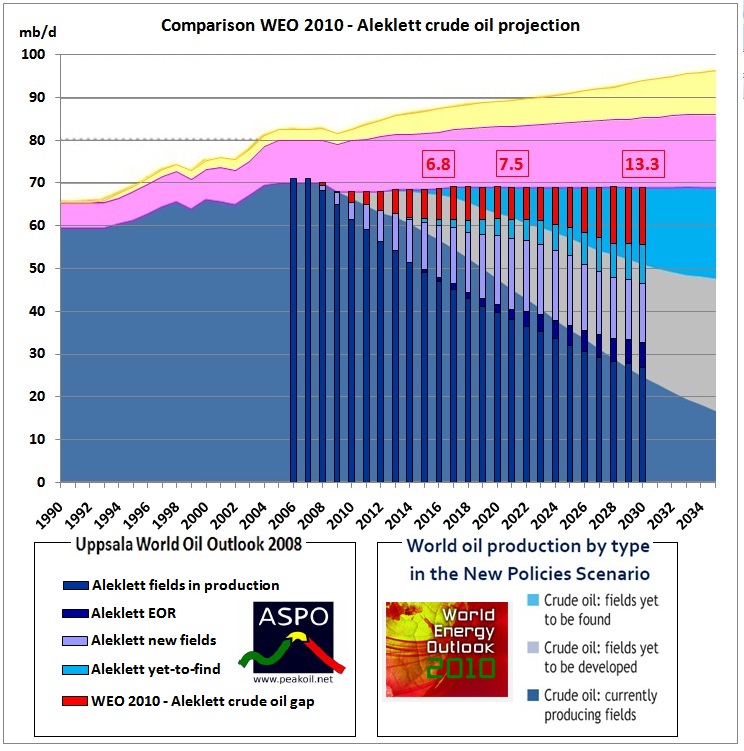 This graph shows a superimposition of Prof. Kjell Aleklett’s assessment with that of the WEO 2010. He says the IEA assumed unrealistically high oil extraction rates. Kjell calculated that crude oil production will decline by 7.5 mb/d by 2020, much more than in the 450 scenario. More details are in a previous post:
This graph shows a superimposition of Prof. Kjell Aleklett’s assessment with that of the WEO 2010. He says the IEA assumed unrealistically high oil extraction rates. Kjell calculated that crude oil production will decline by 7.5 mb/d by 2020, much more than in the 450 scenario. More details are in a previous post:
http://crudeoilpeak.info/aspo-2020-crude-oil-production-down-by-around-8-mbd
It should be noted that a crude oil decline of 7.5 mb/d by 2020 (around 1% pa) means that exports will decline even more as demand in oil producing countries is still increasing because oil prices in these countries are kept artificially low.
Impact on tollways
As mentioned above, Australian motorists will have to compete with an increasing number of Chinese motorists in the next 5-10 years. This does not bode well for tollway operators who have assumed ever growing traffic and revenue to pay interest on their debt, keep shareholders happy and impress banks so that they agree to roll over old debt.
Let’s have a look at Transurban’s August 2011 investor presentation:
http://www.transurban.com/FY11_Results_Presentation.pdf
Traffic on the M2 after the widening to 3 lanes is expected to increase by 16% in 2016 over and above the base increase without the widening.
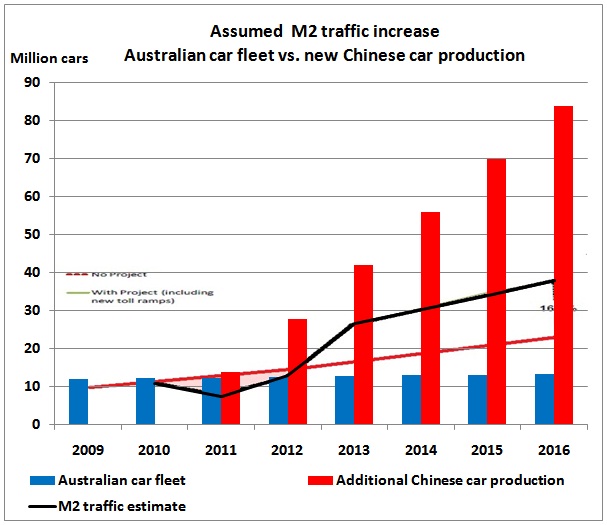 << In 2010, there were 12.3 million cars on Australian roads (blue columns). On current trends, there would be an additional million by 2016. But in that year, the Chinese will have produced a cumulative 84 million new cars, equivalent to 6 times the size of the Australian car fleet.
<< In 2010, there were 12.3 million cars on Australian roads (blue columns). On current trends, there would be an additional million by 2016. But in that year, the Chinese will have produced a cumulative 84 million new cars, equivalent to 6 times the size of the Australian car fleet.
And since the Chinese car fleet is very young (there were only 10 million cars in 2000), not many of the new cars will have to replace old cars so that the production will directly boost new registrations.
Growing Chinese oil consumption contributes to the Tapis oil price (Malaysia) to be much higher than the normally quoted WTI in the US and also higher than Brent and OPEC spot prices.
The spread between Tapis and WTI went up to US $ 30.
Savings from Australian cars: nil
Don’t expect any dramatic fuel efficiency increases in Australia any time soon.
http://www.bitre.gov.au/publications/30/Files/IS30.pdf
While new vehicles are considerably more fuel efficient than older vehicles, the average fuel consumption by passenger vehicles remained at around 11.5 litres per 100 kilometres between 1998 and 2007. This is in part due to the relatively slow drop in the average age of passenger vehicles which has inhibited efficiency gains. In 1999, the average age of passenger vehicles was 10.3 years, while in 2009 this figure was 9.7 years (ABS 2009).
http://www.arrb.com.au/admin/file/content13/c6/ARR371_New%20car%20fleet_fuel.pdf
There was no improvement in the last years as shown in this table of the government’s BITRE, published in August 2011:
http://www.bitre.gov.au/publications/10/Files/VKT_BITRE_Report_124a.PDF
The end result is increasing fuel consumption from road transport:
 BITRE calculates vehicle kilometres travelled on the basis of fuel sales:
BITRE calculates vehicle kilometres travelled on the basis of fuel sales:
It should be crystal clear that past growth rates cannot be maintained
Competition with air traffic
Not only does the public think that our car culture will go on forever, but that air traffic will also grow indefinitely.
2/12/2010 Fly, but leave your car at home
http://crudeoilpeak.info/fly-but-leave-your-car-at-home
Conclusion:
No matter how we juggle the numbers, it is unlikely the assumed growth in the car fleet will materialize without a reduction in car kms. The question is only who will voluntarily drive less. And since Australia thinks that “we are in the right place at the right time” (Treasurer’s jargon for being in the Asian growth market) one may ask: who is going to win? 12.5 million Ozzy motorists against 14 million additional Chinese motorists every year, all hanging on the common drip of TAPIS and Middle East oil? Ironically, Australia speeds up the contest by massive iron ore exports used in the Chinese car industry.
http://planetark.org/enviro-news/item/57875
http://www.diytrade.com/china/4/products/6852260/Car_assembly_line.html
HAPPY MOTORING!
——————-
Further reading on illusionary timelines and ignoring peak oil
Transport Outlook, meeting the needs of 9 billion people, by the International Transport Forum, 2011
Considers a tripling of global passenger mobility and freight transport volumes by 2050
http://www.internationaltransportforum.org/Pub/pdf/11Outlook.pdf
2 Billion cars by Prof. Daniel Sperling, ITS-Davis, March 2010
Based on CERA’s peak oil in 2040 and a 350 ppm target in 2090
http://www.uic.edu/depts/cme/seminars/SperlingDaniel.pdf
Other Links
Australian vehicles on register
http://www.abs.gov.au/ausstats/abs@.nsf/mf/9309.0

